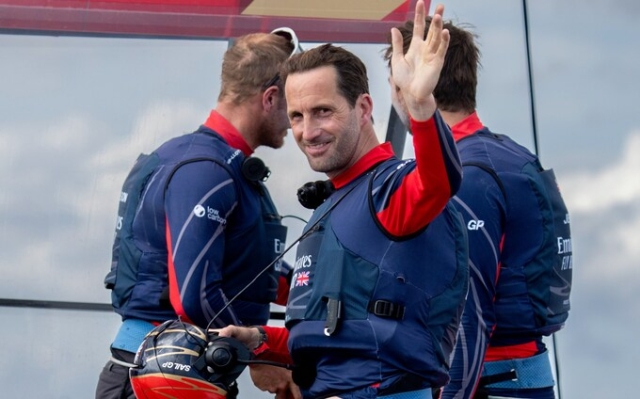 Sir Ben Ainslie's departure represents a symbolic shift. Photo: Bob Martin from SailGP
Sir Ben Ainslie's departure represents a symbolic shift. Photo: Bob Martin from SailGP
As a four-time Olympic champion and America's Cup winner, helmsman Ben Ainslie is no stranger to handing over the reins at any sporting event. Sometimes he has to do this. Like last month when he took his SailGP team to play camel polo on a team building day in Dubai ahead of the sixth round of the season. Each member of the team was provided with a jockey so they could concentrate on trying to hit the ball without having to worry about controlling their dromedary.
But after spending the better part of two decades campaigning as a single, being a sailor and riding his own America's Cup contender for the last 10 years, Ainslie certainly doesn't often hand over the helm of any boat in his charge.
It is therefore all the more significant that Emirates GBR will announce on Thursday that two-time Olympic champion Giles Scott will take over as driver from Ainslie with immediate effect.
It's a symbolic shift for both Ainslie and the team. That doesn't mean the 46-year-old is retiring from sailing. Not at all. There is a small question: the America's Cup, which will be held in Barcelona later this year. Ainslie will continue to be involved with SailGP as Chief Executive of Emirates GBR. But it is nonetheless an important moment as Ainslie passes the torch to the next generation as he begins his final year as a competitive sailor.
Ainslie describes it as «probably the hardest decision» he has made. what I had to do throughout my entire sports career.
“It’s hard for an athlete to know when to back off,” he admits. “I mean, I don't run hills. I still have the America's Cup, it's huge. But I really like this series. The F50s (the hydrofoil catamarans used in SailGP) are incredible boats. It's great racing; it was probably the most fun sailing I've ever had in my career. And we have a wonderful team. So giving it up is a really difficult decision.”
“I see my kids every other weekend.”
However, Ainslie is confident he made the right choice. The truth is, he says, something had to give. He has juggled so many balls: CEO and driver of Ineos Britannia, the America's Cup team he founded 10 years ago, which is now funded by Sir Jim Ratcliffe and has a technical partnership with Mercedes F1; CEO and driver of SailGP, a rapidly expanding global sailing series that now hosts 13 events per season. And this does not take into account the fact that he is a husband and father of two small children.
“Yes, it’s a lot,” Ainsley admits. “It's something I had to think about a lot. I'm just trying to find a balance between my responsibilities to Jim, to Ineos, to the America's Cup team and to the SailGP team. And then, of course, the most important thing: my family. I probably see Georgie and the kids once every other weekend on average, which isn't easy.»
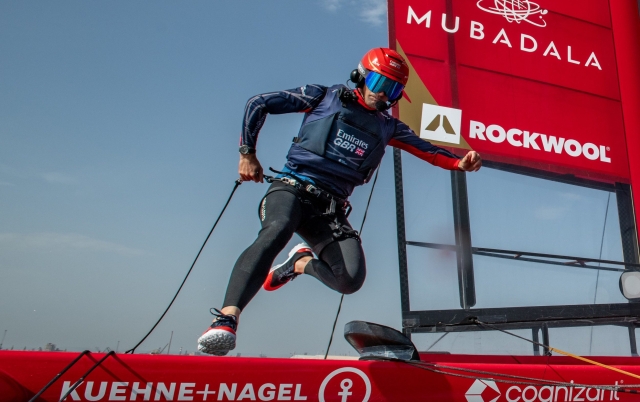 Ainsley's role isn't limited to his work on board the ship. Photo: SailGP/Ricardo Pinto
Ainsley's role isn't limited to his work on board the ship. Photo: SailGP/Ricardo Pinto
Ultimately, Ainslie believes that not participating in SailGP is what is best for both the America's Cup and SailGP teams. “Look, I’m 46,” he says. “It’s no secret that I’m at the end of my career, let’s put it that way. Obviously, I'm thinking about the future, about ownership and management of both teams, which are in a really good position.
“It's been an amazing journey at both the America's Cup and SailGP over the last couple of years. years. I'm really proud of what we've been able to achieve in both areas. But you know, you look at how both teams are growing… the America's Cup team, which is much bigger than it was when we started in 2014, with the partnership we now have with Mercedes F1 and so on.
“And then SailGP, which has commercial commitments to partners such as Emirates. Trying to manage it all and be on the water with it all, it gets to the point where it becomes humanly impossible. Something had to give.”
Ainslie calls the America's Cup preliminary regatta in Villanova last fall a «watershed moment.» Ineos Britannia finished sixth and last in the fleet. There were mitigating factors. The British team barely had time to sail their AC40 — smaller versions of the 75ft monohull sailboats that teams will use in the Cup itself — as they decided to focus on their Cup test vessel instead. But it was still a wake-up call. “There were a few things I wasn't happy with,” he says. “It was clear something needed to change.”
Mills was disappointed he didn't get the job
The decision to give Scott the helm also had to be carefully considered. Hannah Mills, the team's strategist, is, like Scott, a two-time Olympian. Her appointment as driver would be a huge development for sailing as a whole. Naturally, she was disappointed when she was told about this.
But one suspects Mills will eventually get there anyway; She is believed to be in talks to form her own team. Ainsley justifies his decision on two grounds. Firstly, he notes, Scott will be co-leading the America's Cup challenger later this year, so giving him a chance to «sharpen his racing claws» at SailGP over the next seven months will be beneficial. Secondly, he has more experience than Mills in these types of submarines and the team needs to hit the ground running as the next competition is in Abu Dhabi next week.
“It’s clear, and rightly so, that Hannah has the determination and ambition to sail one of these boats,” says Ainslie. “I’d like to think we gave her a ton of support in this. We supported her at the Olympic Games when she became a mother. I don't think we could have done anything more to support Hannah and her progress through SailGP. We are big fans of hers and will continue to be as long as she is on this team. And if she's on a different team.»
Scott: «My learning curve will be pretty steep.»
Scott, for his part, says he's «excited to get started,» although he admits that doesn't know what to expect from Abu Dhabi. He may have more experience driving these boats than Mills, but he had very little time behind the wheel. Just a few hours of training in Dubai last month and a couple more hours in Los Angeles in the summer.
“That’s the really challenging thing about this track,” he says. “It’s not like there are spare F50s lying around that you could go out and drive. They are all here and they are all traveling.
“I’d like to think my learning curve will be pretty steep. But I really don't know. I think a lot will depend on the conditions. I believe the ideal course is a flat day at 10 knots when foiling is easy. Point and shoot. Place the boat in the right place. Make some good calls. But if it's extreme, very sharp or very mild marginal things that are really subtle… it takes time.»
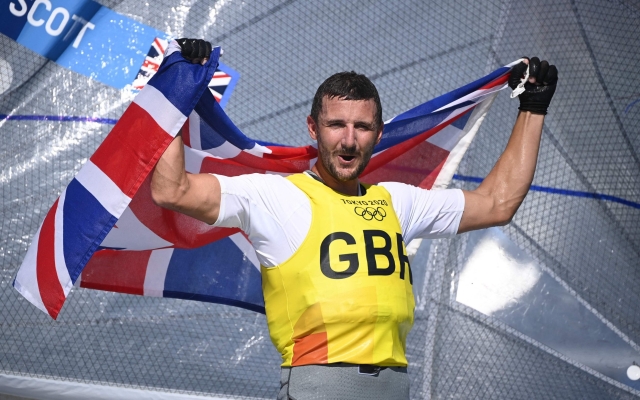 Scott big studied with Ainslie for part of his career. Photo: Getty Images/OLIVIER MORIN
Scott big studied with Ainslie for part of his career. Photo: Getty Images/OLIVIER MORIN
The goal will be to place in the top three at the end of the season in San Francisco in July and qualify for the final $2 million race. This seems quite achievable. Despite a controversial disqualification from the final fleet race in Dubai, which turned out to be Ainslie's last outing, GBR remains fourth in the 10-boat fleet behind Australia, Denmark and New Zealand. Scott can count on the best sailors on the planet to help him, from Mills to air traffic controller Luke Parkinson, wing trimmer Ian Jensen, strategist Hannah Diamond and grinders Neil Hunter, Nick Hutton and Matt Gotrel.
“Yeah. I guess the downside to my inexperience is that even though I'm new and pretty wide-eyed, the rest of the team is solid,” Scott says. “Rock solid. They've been doing this for a while. They've got it all.” okay. They can guide me, which is great. I'm very happy and grateful for this opportunity. It feels like my whole career path has been to follow Ben, from the Olympics to the America's Cup and now here. This is an amazing step.”
Ainslie will be keeping a close eye on their progress while overseeing the construction of the Cup boat, which is in full production mode ahead of its planned launch in the spring. He admits that handing over the helm is a bittersweet feeling, but reiterates that it is the right decision for the crew.
Ainsley may have made a name for himself as a fiercely determined solo sailor. But he's clearly gotten better at team building, judging by the spirit of the team dinner after the final night of racing in Dubai. Ainslie was presented with a SailGP wheel as a souvenir as teammates stood up one by one to pay their respects.
“It’s a constant learning process from a leadership and culture perspective,” reflects Ainslie. “But I think the most important thing is to understand that you can’t do everything. Leaving my position as a driver at SailGP is a bit sad in some ways. But in my opinion, the best use of our resources between our key goals of SailGP, the America's Cup and the Youth and Women's America's Cup, is to split them between myself, Giles and Hannah. It's going to be a very busy year and I'm really excited about it.”








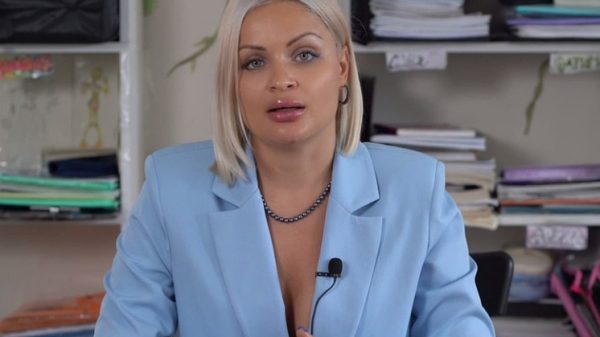

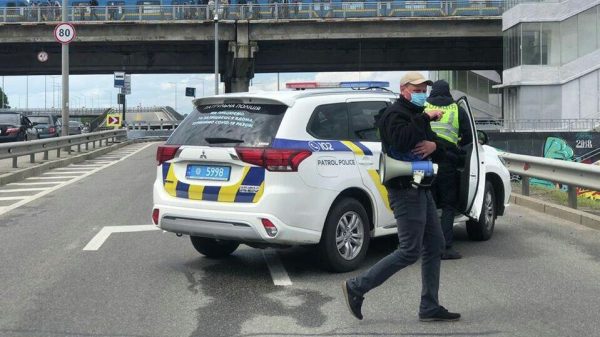








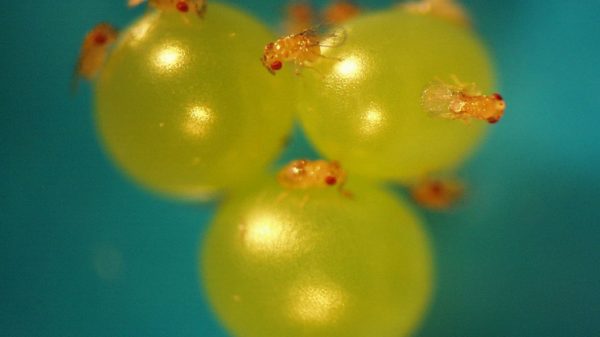














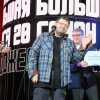
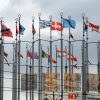



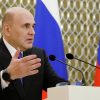
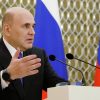














Свежие комментарии